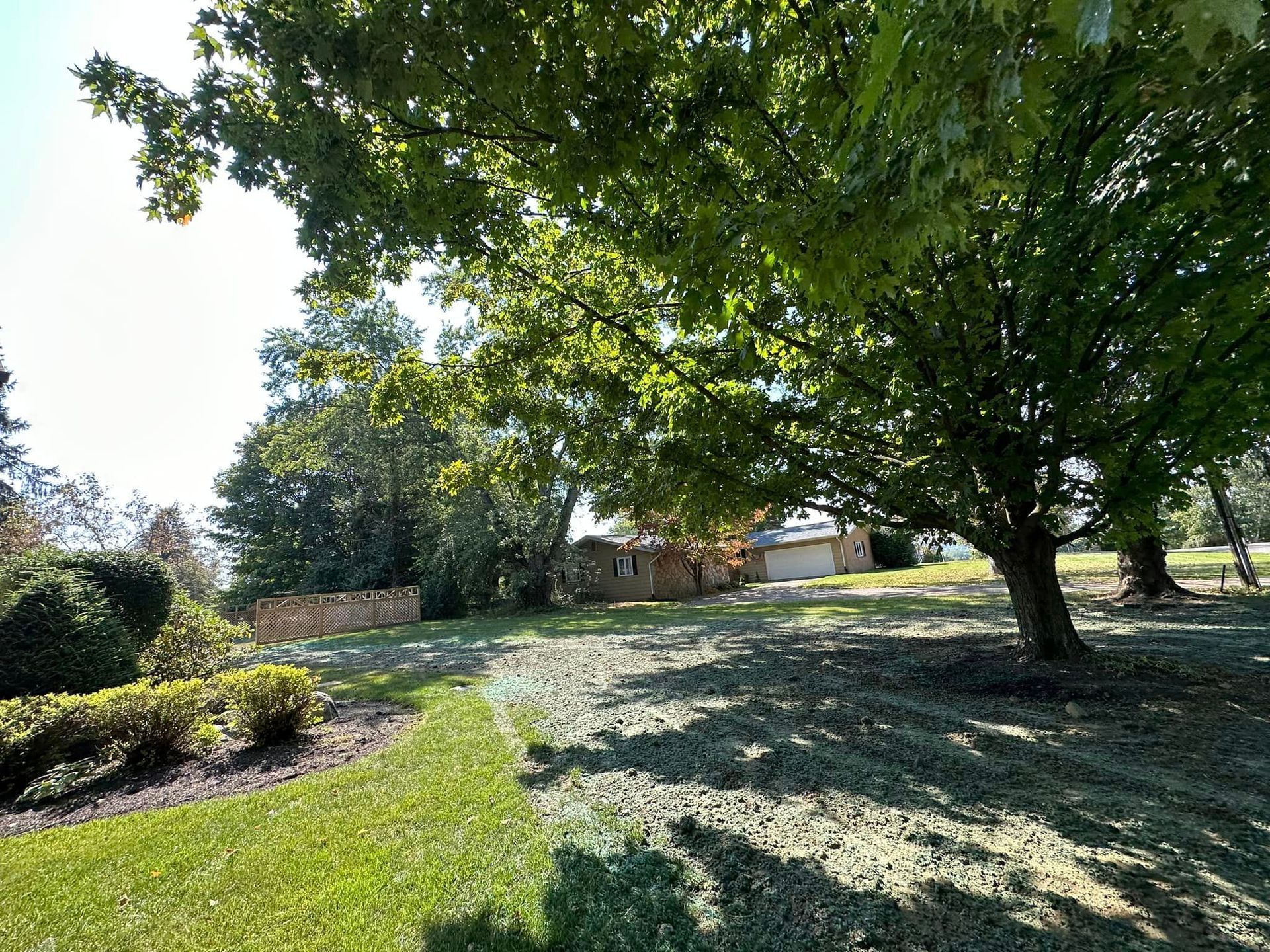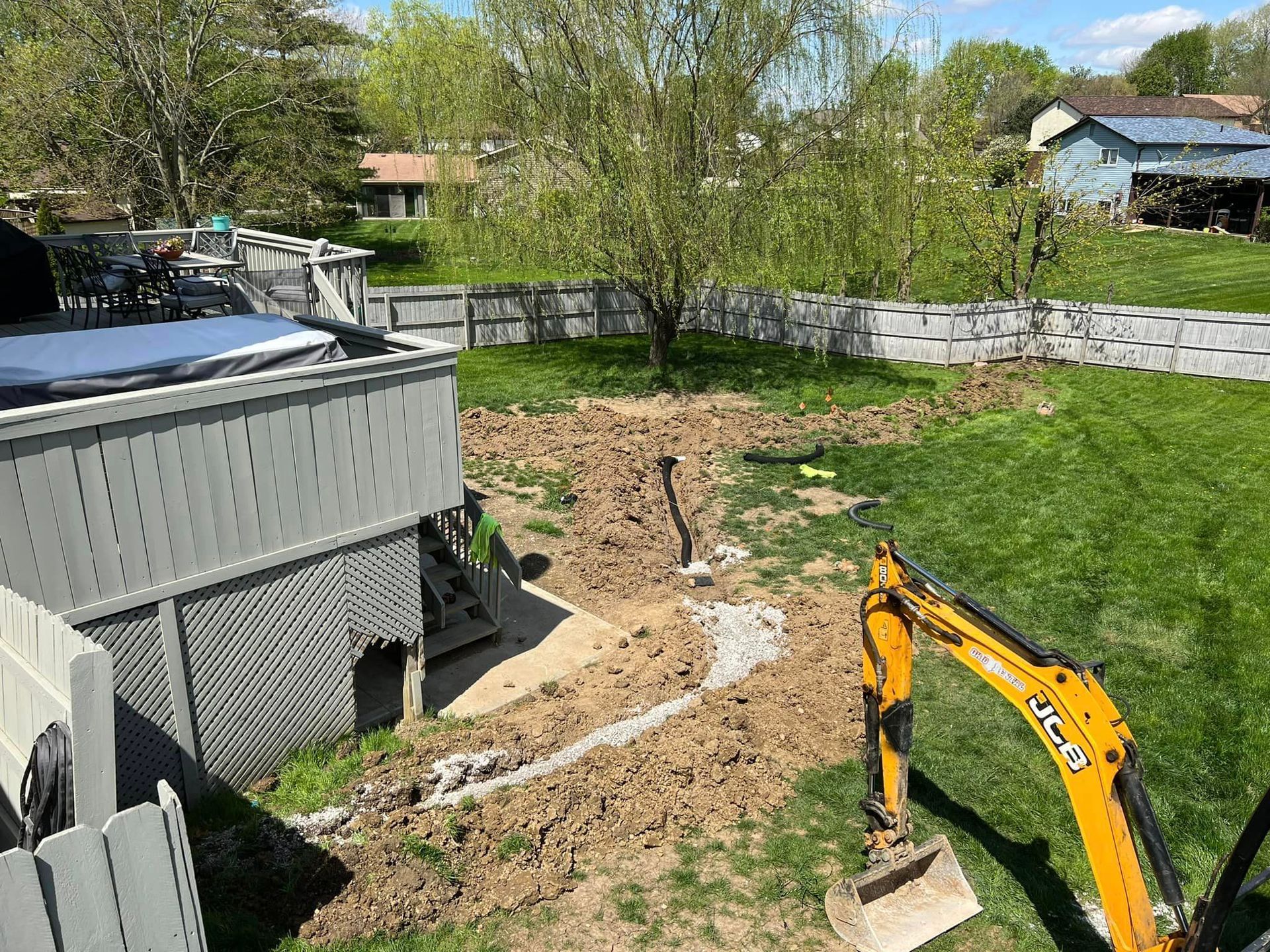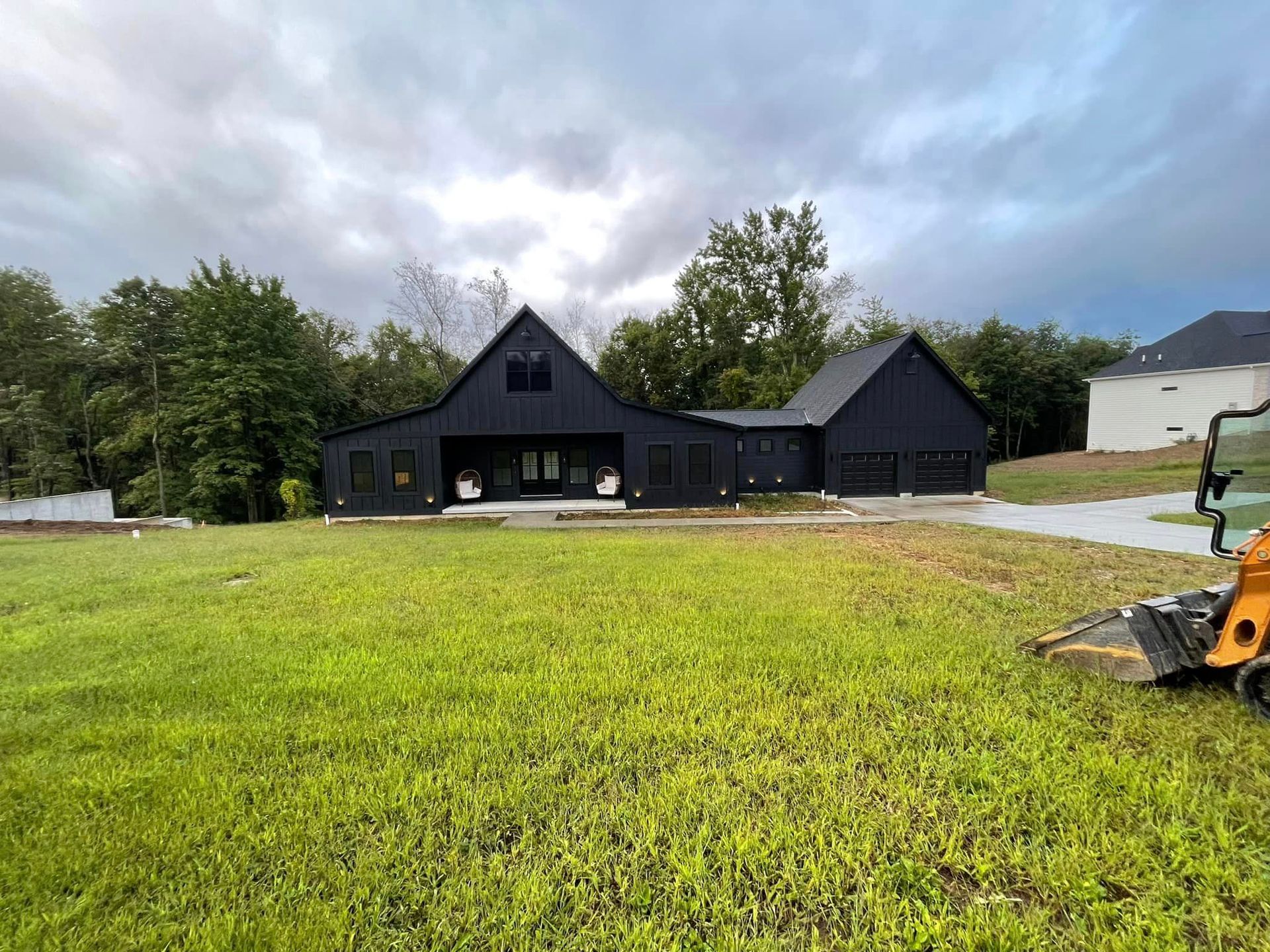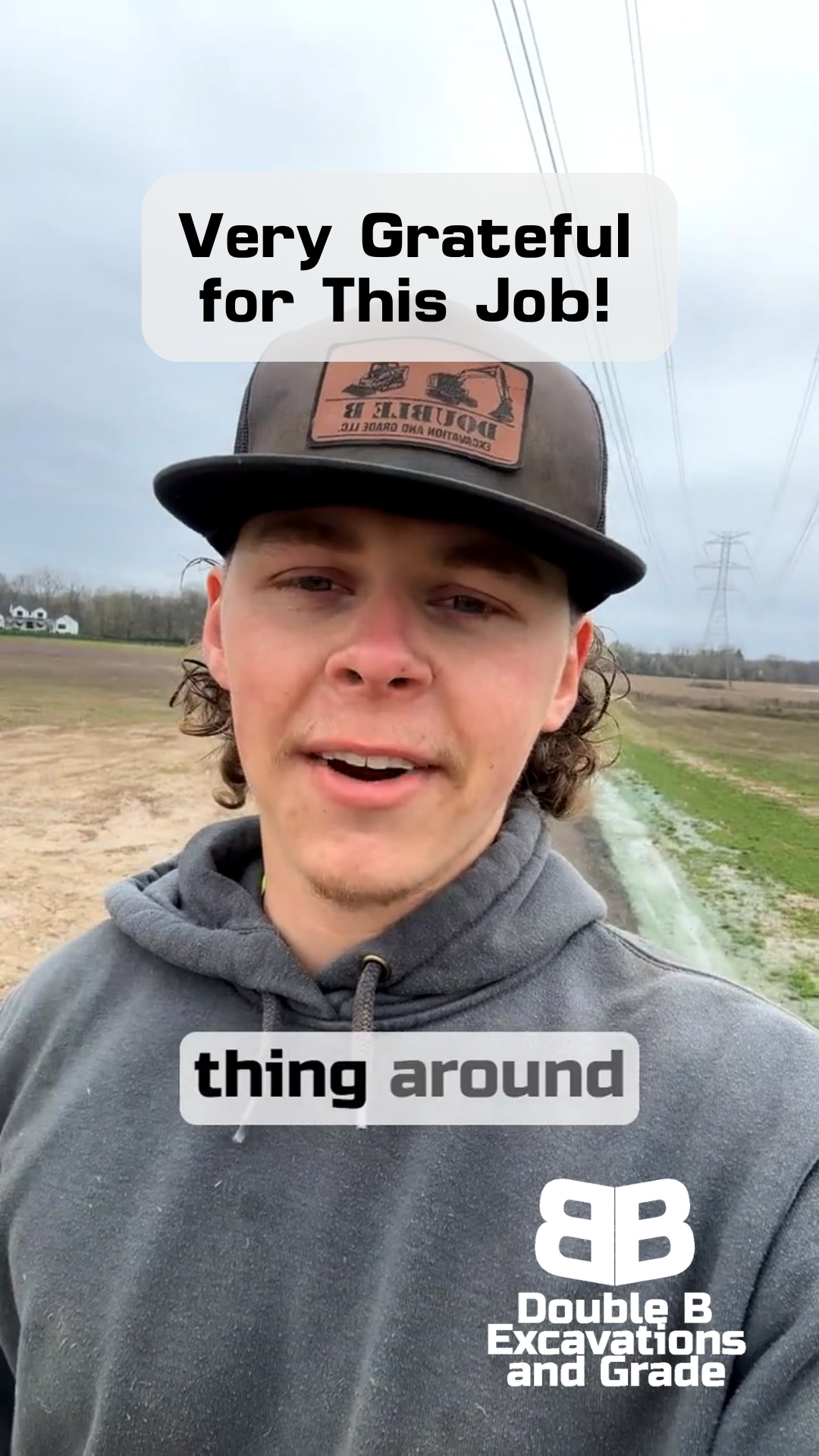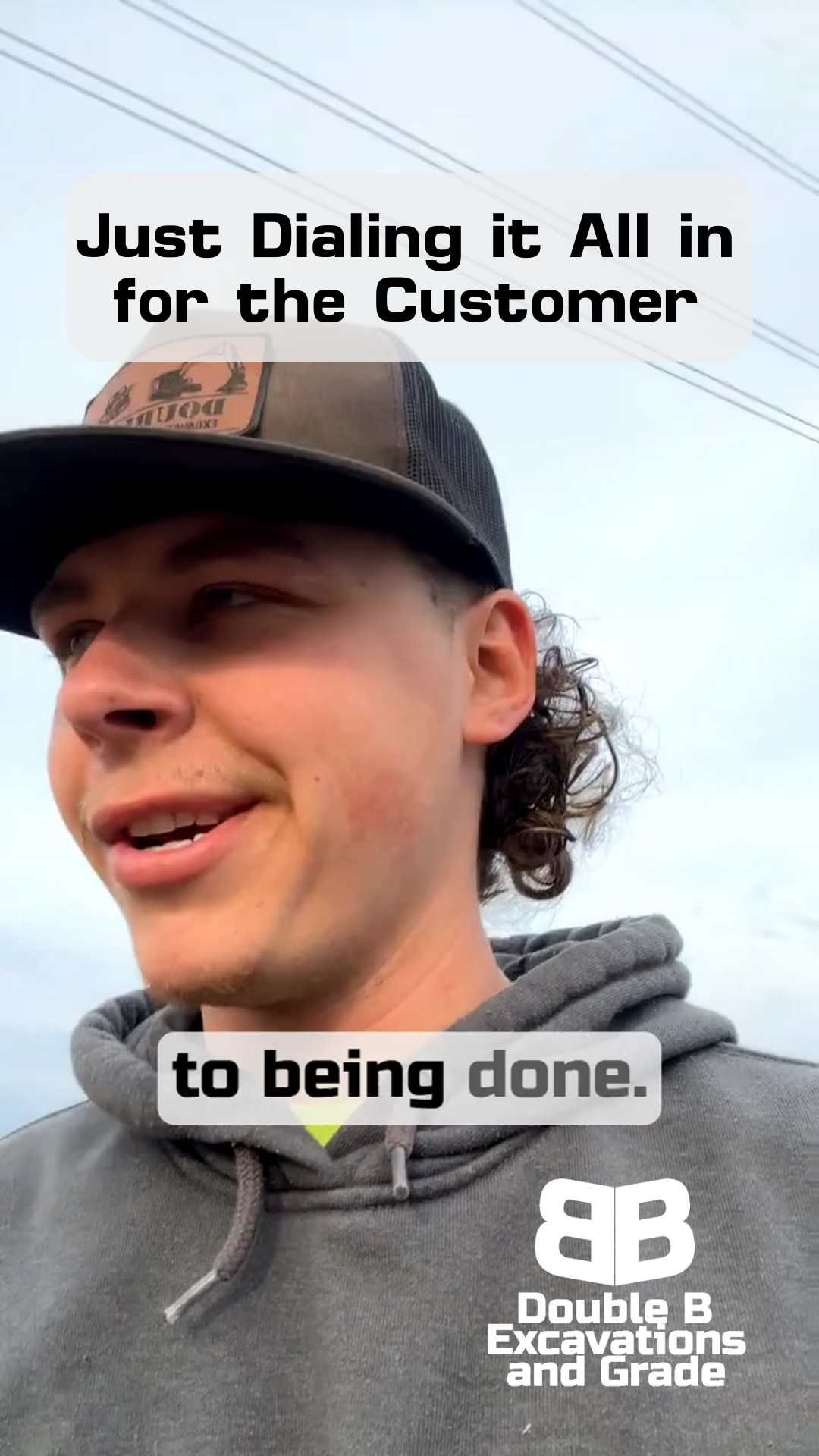Building a Country Driveway in Carroll: Why Underground Planning Matters Most
Double B Excavations & Grade LLC
Simple Looking Jobs - Important Details
MAKING SURE WE DON'T MAKE ANY MISTAKES
When it comes to building a country driveway, what you can't see matters more than what you can.
That's something we're dealing with right now on our latest project in Carroll, where we're installing a 500-foot driveway that's got everything going on underneath - from major gas lines to future septic fields.
Here's the thing about country driveways: they might look simple on the surface, but one wrong move with what's underground could turn your dream property into an expensive headache.
That's why we always say the real work starts before we even fire up our equipment.
Getting it right means taking the time to understand what's beneath the surface.
Welcome to Double B!
Project Overview
We're out here in Carroll today, getting ready to start a driveway that'll stretch about 500 feet from the road to where our client's planning to build. But before we could even think about breaking ground, we had to do our homework. That meant meeting with utility companies (including our friend Gas Man Dan) and making sure we understood exactly what we're working with.
The property's got some interesting challenges. There's a massive gas line running through it that we'll need to cross carefully. Plus, there are purple flags marking where the septic leech field will go - that's absolutely critical for any country property. One wrong move there, and you could make the whole lot unbuildable. Not the kind of surprise anyone wants to deal with!
This isn't just about pushing dirt around - it's about planning a driveway that'll serve this family for generations while protecting their property's most important features. Getting all these details right from the start saves everyone time, money, and headaches down the road.
Underground Considerations
Let's talk about what's really going on under the surface here. First up is that monstrous gas line we've got to deal with. This isn't your typical residential gas service - we're talking about a major line that needs serious attention. That's why we started our day meeting with Gas Man Dan. Having the utility companies out there to mark everything and walk through the plan with us isn't just a nice extra step - it's absolutely crucial for everyone's safety.
When you're crossing gas lines with heavy equipment and loads of stone, you need to know exactly where they are and how deep they run. We've done this plenty of times before, but we still treat every crossing with the same care and attention as if it was our first. Because underground utilities aren't something you want to learn about the hard way!
Then there's those purple flags you might spot flapping in the breeze. They're marking the future septic leech field, and let me tell you - this is serious business in the country. See, when you're building outside city limits, you're responsible for your own septic system. That leech field isn't just a random spot - it's carefully chosen based on soil tests and property layout. If we disturb that area while we're building the driveway, we could destroy the soil's ability to handle septic waste. At that point, you might as well be buying the lot yourself because it becomes unbuildable.
Code Compliance and Infrastructure
Now, let's get into what it takes to make this driveway legal and lasting. In Carroll, the code requires a 40-foot culvert at the road entrance, and it's got to be 15 inches in diameter. These aren't random numbers - they're based on water flow needs and local conditions. We made sure to get all this squared away with the township before we started because there's nothing worse than having to tear out work that doesn't meet code.
When you're planning a 500-foot driveway, you've got to think about more than just the entrance. Water's going to flow somewhere, and we need to make sure it's going where we want it to. That means planning the grade, considering drainage patterns, and making sure we're not creating problems for neighboring properties. Getting these details right is what makes the difference between a driveway that lasts decades and one that washes out with the first big rain.
Project Execution Plan
Here's how we're tackling this project. Day one (that's today) is all about getting that culvert in and making our initial cuts. We're starting where my truck sits at the road, installing that 40-foot, 15-inch culvert first thing. Once that's set, we'll start cutting in the driveway path, being extra careful around those marked utility areas.
Tomorrow's when things really start taking shape. We've got stone delivery scheduled, and that's when this starts looking like an actual driveway. But remember - it's not just about dumping stone and spreading it out. Every load needs to be placed and compacted properly, especially where we cross that gas line. We take our time here because rushing this part can lead to settling issues down the road.
Why This Matters
Look, we could probably come out here with some equipment, throw down some gravel, and call it a day. But that's not how we work, and here's why: every step we've talked about - from utility marking to septic field protection to proper drainage - it all adds up to protecting your investment.
When you're building in the country, your driveway isn't just a way to get to your house. It's how the concrete trucks will reach your building site. It's how emergency vehicles would reach your family if needed. It's how you'll get home in all kinds of weather. Getting it right matters, and getting it right means planning what's underground before we worry about what's on top.
Wrapping it Up
A good country driveway should last generations with proper maintenance.
But that kind of longevity only happens when you take the time to plan and build it right from the start.
If you're thinking about building on rural property around Carroll or anywhere in central Ohio, remember - what's underneath matters most.
We're always happy to walk properties with folks and talk through these details before you make any decisions.
Because in our experience, good planning today saves a whole lot of headaches tomorrow.



